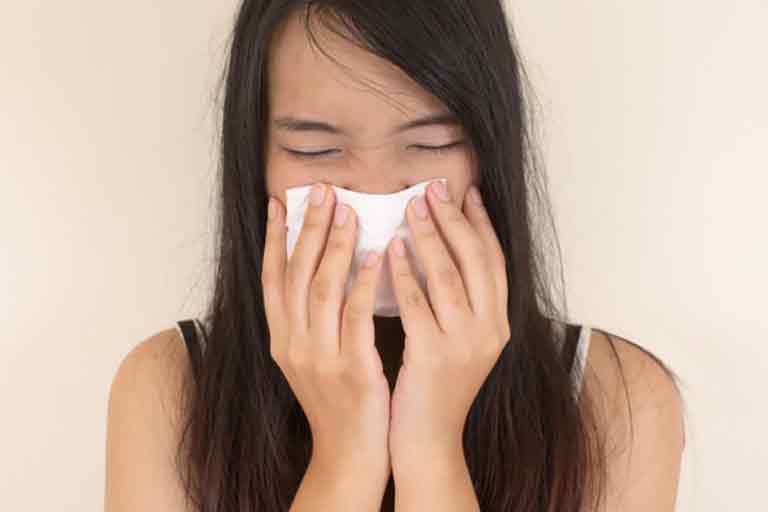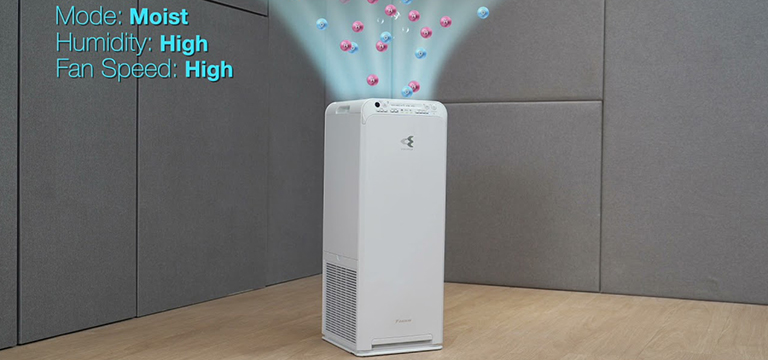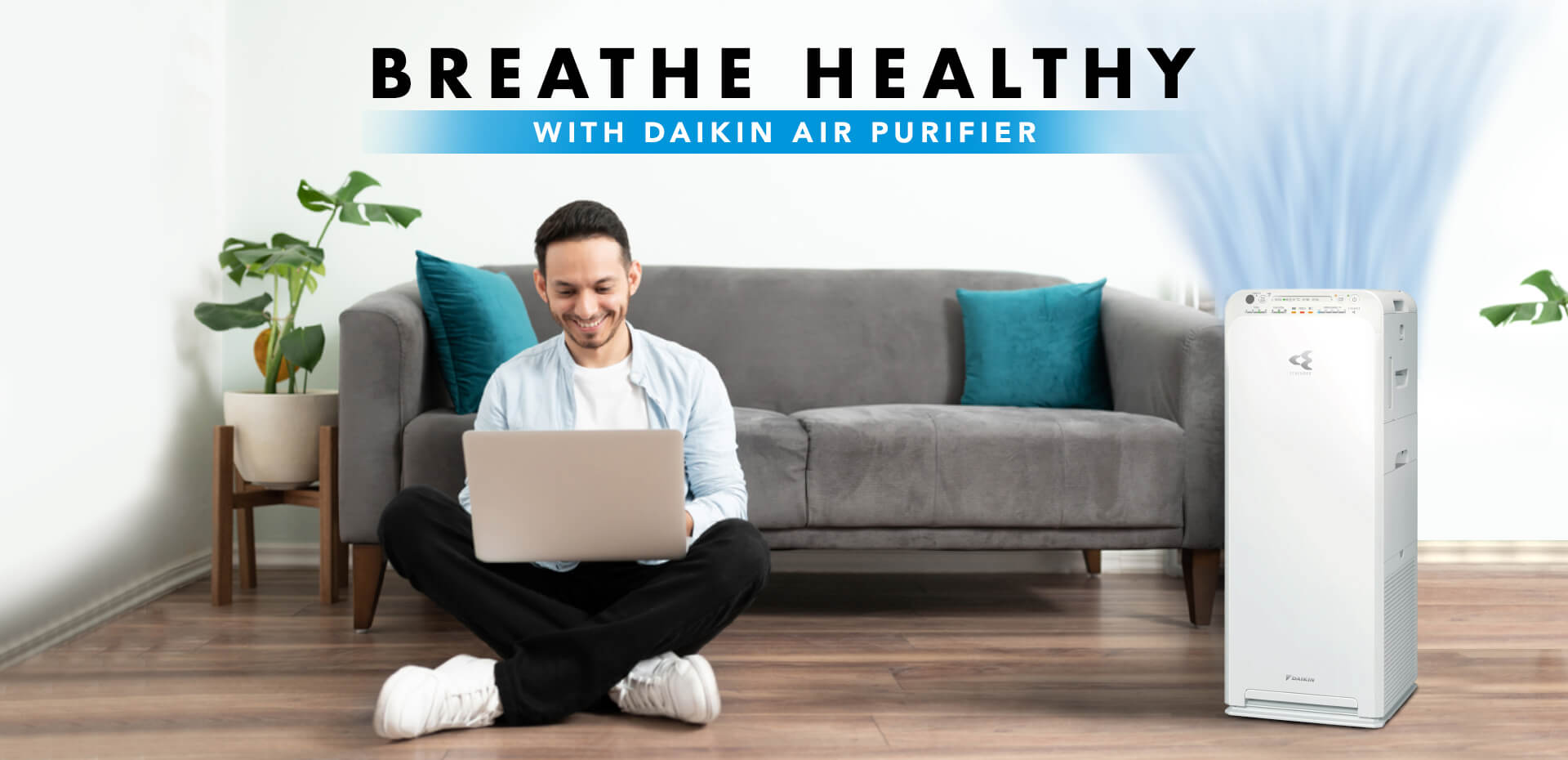How pollen allergy becomes more harmful when combined with air pollution?
November 19, 2025 | 04:00 PM

Spring season is the favorite season of the year and liked by everyone than other seasons. But for people suffering from pollen allergy, there is nothing to celebrate. Technically known as allergic rhinitis or hay fever, pollen allergy causes symptoms like itchy eyes and throat, face pain, headaches, a runny nose and wheezing. For kids, it is more perilous as they find it difficult to concentrate or sleep. This leads to poor performance in the school exams.
Unluckily, if you’re living in an urban region, things tend to become more complex. Want to know why? This is because air pollution is found to worsen the symptoms of pollen allergy in humans. In recent times, there has been a significant rise in the number of pollen allergy sufferers. From this, it can be easily understood that air pollution plays a devil’s role by making pollen allergy more dangerous.
According to several studies, it has been found that common air pollutants, such as ozone, sulfur dioxide, and nitrogen dioxide affect asthma sufferers particularly hard. Due to the irritation caused by air pollutants in their airways and skin, pollen grains easily penetrate the human body.
How the rising levels of air pollution make life tough for pollen allergy sufferers?
Vehicular emissions are found to develop a ‘photochemical smog’ that traps pollen and stops it from releasing into the upper atmosphere. Excess levels of pollen then prowl at ground level and are breathed in by pollen allergy sufferers. This is why hay fever is likely to be more prevalent in urban areas because of the air pollution caused by traffic and vehicle fumes.
How air pollution affects allergies?
According to the World Allergy Organization, pollen allergies affect between 10 to 40 percent of world’s population. A majority of these suffers live in urban areas which clearly indicate that there is a strong link between the air pollution and increasing incidents of pollen allergies. The contact of pollen, weather changes and pollution tends to increase the span of the allergen term, the level of allergenic pollen/spore (productivity) and the allergenicity per pollen.
This combined effect of air pollutants makes allergens more harmful. Researchers discovered that ozone start out a chain of chemical reactions that alters its protein structure. The altered allergen is then more likely to combine with nitrogen dioxide, which worsens immune response because it is especially annoying to the immune system.









